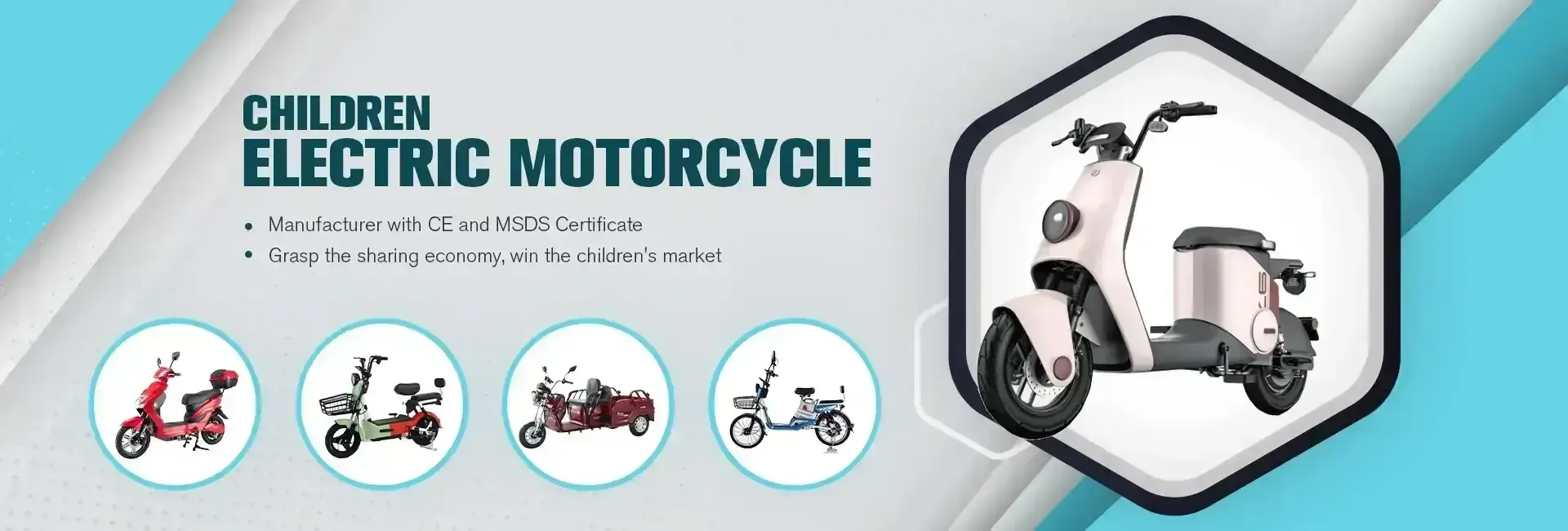
- Afrikaans
- Albanian
- Amharic
- Arabic
- Armenian
- Azerbaijani
- Basque
- Belarusian
- Bengali
- Bosnian
- Bulgarian
- Catalan
- Cebuano
- Corsican
- Croatian
- Czech
- Danish
- Dutch
- English
- Esperanto
- Estonian
- Finnish
- French
- Frisian
- Galician
- Georgian
- German
- Greek
- Gujarati
- Haitian Creole
- hausa
- hawaiian
- Hebrew
- Hindi
- Miao
- Hungarian
- Icelandic
- igbo
- Indonesian
- irish
- Italian
- Japanese
- Javanese
- Kannada
- kazakh
- Khmer
- Rwandese
- Korean
- Kurdish
- Kyrgyz
- Lao
- Latin
- Latvian
- Lithuanian
- Luxembourgish
- Macedonian
- Malgashi
- Malay
- Malayalam
- Maltese
- Maori
- Marathi
- Mongolian
- Myanmar
- Nepali
- Norwegian
- Norwegian
- Occitan
- Pashto
- Persian
- Polish
- Portuguese
- Punjabi
- Romanian
- Russian
- Samoan
- Scottish Gaelic
- Serbian
- Sesotho
- Shona
- Sindhi
- Sinhala
- Slovak
- Slovenian
- Somali
- Spanish
- Sundanese
- Swahili
- Swedish
- Tagalog
- Tajik
- Tamil
- Tatar
- Telugu
- Thai
- Turkish
- Turkmen
- Ukrainian
- Urdu
- Uighur
- Uzbek
- Vietnamese
- Welsh
- Bantu
- Yiddish
- Yoruba
- Zulu
Dec . 03, 2024 15:04 Back to list
how to install a derailleur on a mountain bike
How to Install a Derailleur on a Mountain Bike
Installing a derailleur on your mountain bike may seem like a daunting task, but with the right tools and a systematic approach, it can be accomplished with ease. The derailleur is an essential component of your bike's gear system, responsible for shifting the chain between gears. This guide will walk you through the process step-by-step, ensuring that your installation is successful and that you get back to riding in no time.
Tools You Will Need
Before getting started, gather the following tools
1. Allen wrenches (usually 4mm, 5mm, and 6mm) 2. Screwdrivers (Phillips and flathead) 3. Chain tool (if you're installing a new chain) 4. Cable cutters 5. Tuning fork or a bike stand (optional, but helpful for stability) 6. Rags and bike lubricant
Step 1 Remove the Old Derailleur (if necessary)
If you are replacing an existing derailleur, begin by removing it from your bike. Using the appropriate Allen wrench, loosen the bolt that secures the derailleur to the derailleur hanger. Once it is free, disconnect the gear cable from the derailleur and carefully remove the chain from the derailleur's jockey wheels.
Step 2 Prepare the New Derailleur
Take your new derailleur out of the box and ensure it’s compatible with your bike's drivetrain (make sure it matches the correct brand and speed). Check all parts for any damage and make sure the jockey wheels turn freely.
Step 3 Install the New Derailleur
1. Attach the Derailleur Position the new derailleur onto the derailleur hanger, ensuring it aligns correctly with the rear derailleur's pivot point. Tighten the securing bolt using the appropriate Allen wrench, making sure it is snug but not excessively tight to avoid damage.
2. Reconnect the Chain Thread the chain through the derailleur's jockey wheels. The chain should run from the bottom of the cassette (the smallest cog) through the upper jockey wheel and down through the lower one. Ensure that the chain is properly seated.
3. Attach the Cable Feed the derailleur cable through the entry point on the derailleur. Pull the cable taut and then secure it using the cable anchor screw. Make sure the cable is running through the cable guide correctly to avoid friction or abrasion.
how to install a derailleur on a mountain bike

Step 4 Adjusting Limits
Before proceeding to the final adjustments, you need to set the limit screws. These screws prevent the derailleur from shifting the chain too far onto the smallest and largest cogs.
1. High Limit Screw Shift the chain onto the smallest cog. Identify the high limit screw (usually marked with an H) and adjust it so that the derailleur is aligned with the cog without touching it.
2. Low Limit Screw Shift to the largest cog. Adjust the low limit screw (usually marked with an L) similarly until the derailleur is aligned but not touching the cog.
Step 5 Adjusting the Cable Tension
Once the limit screws are set, it’s time to adjust the cable tension. This is crucial for smooth shifting
1. Shift through the gears Shift to the middle gear and then try shifting to the highest and lowest gears. If the chain struggles to shift, you may need to increase the cable tension slightly. Turn the barrel adjuster (usually located on the shifter or near the derailleur) clockwise to increase tension or counterclockwise to decrease tension.
2. Fine-tuning Make small adjustments and test the shifting multiple times until you achieve smooth transitions between gears.
Step 6 Final Checks
After adjusting, take the bike for a short test ride. Pay attention to how the bike shifts under different conditions. If everything feels smooth, you're good to go! If you still encounter any issues, revisit the limit and tension settings.
Conclusion
Installing a derailleur on a mountain bike requires patience and attention to detail, but it’s a rewarding task that enhances your riding experience. With the steps outlined above, you should now have a properly functioning derailleur that allows for smooth gear changes. Regular maintenance and adjustments will keep your bike performing at its best, so don't hesitate to revisit this process whenever necessary. Happy riding!
-
The Ultimate Kids' Four-Wheeler Experience
NewsJul.09,2025
-
The Ultimate Guide to Mountain Bikes: Gear Up for Your Ride
NewsJul.09,2025
-
The New Age of Cycling: Electric Bikes for Every Rider
NewsJul.09,2025
-
The Best Kids Bicycles: Ride in Style and Safety
NewsJul.09,2025
-
The Best 3-Wheel Scooters for Kids: Fun, Safety, and Adventure
NewsJul.09,2025
-
Revolutionize Your Ride: Affordable Electric Bikes
NewsJul.09,2025
-
Finding the Perfect Mountain Bike for Every Rider
NewsJul.09,2025



